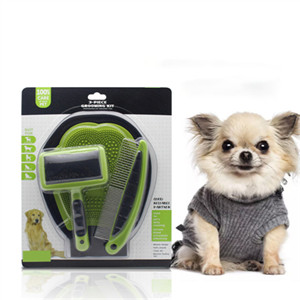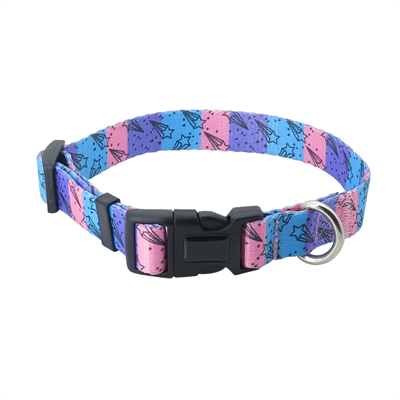Ensuring your dog’s safety is a top priority, and using both ID tags and microchips is a smart and effective way to enhance your pet’s chances of being reunited with you if they ever become lost. Here’s how to use dog ID tags and microchips to keep your furry friend safe:
1. Dog ID Tags:
- Personalized Information: Attach an ID tag to your dog’s collar or harness with essential information such as your dog’s name, your name, your phone number, and your address (or at least your city and state). Including your phone number is crucial for someone who finds your dog to contact you quickly.
- Current Information: Make sure the information on the ID tag is up-to-date. If you move or change your phone number, update the tag immediately.
- Readable Font: Ensure that the text on the ID tag is legible and not too small. Engrave or print the information clearly.
- Durable Material: Choose a sturdy and durable ID tag material to withstand wear and tear. Stainless steel, aluminum, or brass tags are good options.
- Silent Tags: If your dog’s tags tend to make noise, consider a “silent” tag holder to minimize jingling.
- Regular Checkup: Periodically inspect the tag for wear and readability. Replacing a worn tag is essential.
2. Microchips:
- Permanent Identification: A microchip is a tiny, permanent electronic identification device implanted under your dog’s skin between the shoulder blades. It provides a unique identification number associated with your contact information.
- Professional Implantation: Microchips should be implanted by a veterinarian or trained professional. It’s a quick and virtually painless procedure.
- Registration: After the microchip is implanted, you must register it with your contact information in a national pet recovery database. Ensure your information is up-to-date in the database at all times.
- Universal Scanner: Microchips can be read with a universal scanner available at most animal shelters and veterinary clinics. Ensure that your microchip can be read by these scanners.
- Lost Pet Recovery: If your dog is lost and picked up by a shelter or veterinarian, they will scan for a microchip. The chip’s unique number will be used to contact you and reunite you with your pet.
- Backup to ID Tags: Microchips are an excellent backup to ID tags. While tags can fall off or be removed, a microchip is a permanent form of identification.
Tips for Ensuring Safety with ID Tags and Microchips:
- Ensure your dog wears their collar with the ID tag at all times, even when indoors.
- Keep your dog’s microchip information updated whenever your contact details change.
- Use both ID tags and a microchip for the most comprehensive identification.
- Consider using a GPS collar or tracker in addition to ID tags and microchips for real-time tracking of your dog’s location.
- Train your dog to come when called and stay close during walks to reduce the risk of them becoming lost.
- Make sure your dog’s collar fits properly to prevent it from slipping off.
By combining the use of ID tags and microchips, you greatly increase the likelihood of being reunited with your beloved pet if they ever go missing. It’s a simple yet effective measure to ensure your dog’s safety and your peace of mind.





















